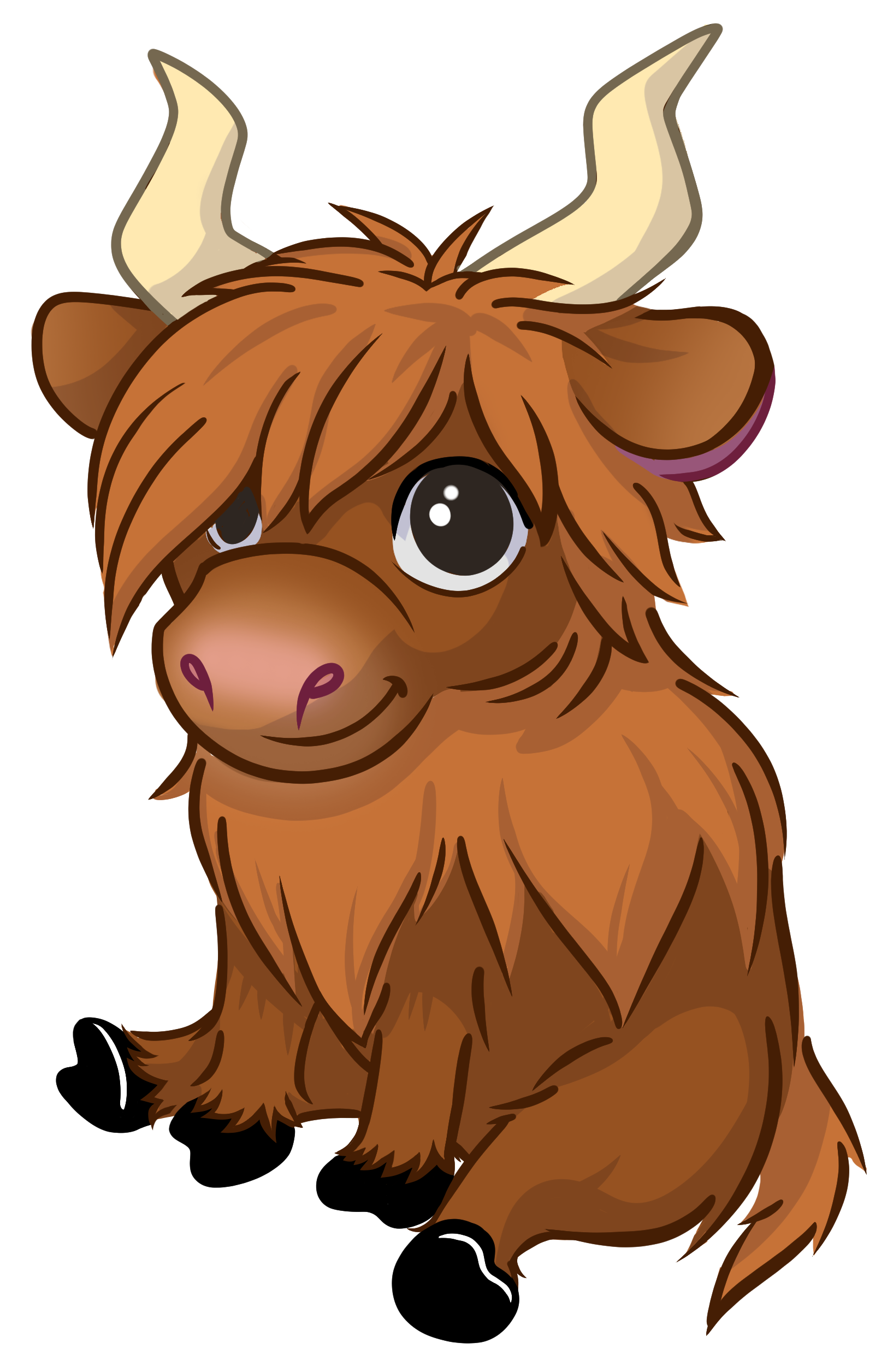Spotlight
Highland Games Piping and Drumming.
The Scottish pipe band consists of a section of pipers (playing the Great Highland Bagpipe), a section of snare drummers (often referred to as ‘side drummers’), several tenor drummers and one, though occasionally two, bass drummers.
Photo by Bob Harbison Photography
DNA of a Pipe Band
Pipers
(Photo by Bob Harbison Photography)
The bagpipers are responsible for providing all of the melodic material in the music. Generally speaking, all of the pipers play a unison melody on their chanters, with their drones providing the harmonic support and filling out the sound. These unison melodies are often quite complex and demanding. It is this complexity that provides much of the musical interest.
Drum Corps
(Photo by Bob Harbison Photography)
The drum corps of a pipe band consists of a section of drummers playing Highland snare drums and the bass section (see below). In the early days of pipe bands, rope tension snare drums were common, but as the technology evolved, so did the music. Pipe band drummers now play on drums with very tight, knitted kevlar heads, designed for maximum tension to create a very crisp and strident sound. Due to technological innovations and changing aesthetics, this crispness has become an integral part of the pipe band sound. Since today's drum is so facile as a result of its design, players are often able to execute extremely complicated and technically demanding rudimentary patterns.
Drum Major
(Photo by Bob Harbison Photography)
The Drum Major is responsible for directing the band when on parade, the Drum Major is also responsible for the band’s overall appearance, including proper dress, drill and discipline.




